
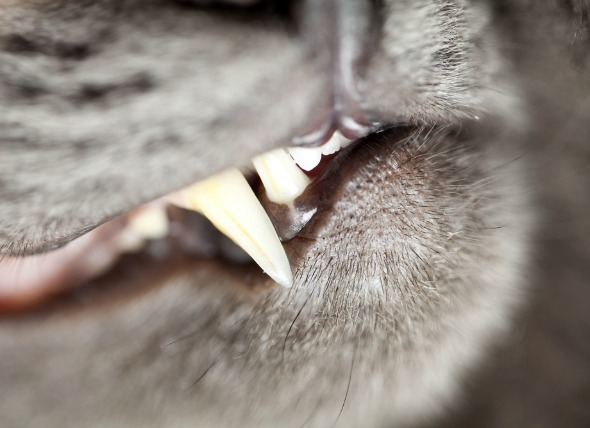
In cats, the odontoclast, a type of cell, can cause the tooth structures to disintegrate. Initially, the odontoclast cells attach to natural cavities in oral tissue, with the purpose of reabsorbing the non-permanent, or deciduous teeth. As resorption continues, complications may develop, as bone-like tissue covers the problem area. Over time, ligaments and bones that hold teeth in are affected as well.
Feline odontoclastic tooth destruction (resorption) is extremely common. Roughly half of all cats over five years of age have at least one instance of it, and those numbers increase with age. Certain breeds seem to have a tendency towards the condition, including Abyssinians, Asian shorthairs, Persians, and Siamese.
The most obvious indications of the condition are drooling, difficulty chewing and bleeding from the mouth. Behavioral changes may accompany the condition as well; cats may become aggressive or may avoid others. While feline odontoclastic tooth resorption can occur in any tooth, it is most often seen in the back teeth.
A surface exam may provide evidence of a problem, but generally a deeper exam performed under general anesthesia is necessary. During this exam, the lesions are probed and the stage of the resorption is determined by the depth of the probe. Stage 1 signifies a minor condition. Stage 2 implies moderate loss. Stage 3 has major tissue loss, where the loss is severe enough to expose the root of the tooth. Stage 4 is similar to stage 3, except that at this stage, both the top of the tooth (crown) and the root are affected. By stage 5, there are only spotty remnants of hard tooth tissue, and the remains of the tooth have been covered by the gums.
No specific cause of feline odontoclastic tooth resorption is known. There are likely several factors that contribute to the problem. A mineral imbalance is one possibility. Other causes being investigated include increased reactivity to dental issues, such as plaque.
Other possible causes of the symptoms are a severe disease of the mouth (lymphocytic plasmacytic stomatitis syndrome) or recession of gums coupled with root exposure (generally considered a different type of resorption). X-rays of the mouth are taken to ensure correct diagnosis.
Home treatments include using water in the cat’s food to soften it and brushing its teeth daily to prevent plaque build up. Whether or not surgery is warranted depends on what stage the condition is in. At stage 1, surgery is considered optional. However, beginning with stage 2, removal of the teeth or crown reductions are often necessary. To reduce the crown, a dental drill is used to grind the tooth down below the gums. The gums are then surgically closed above it. Beginning with stage 3, surgery is needed. At stages 4 and 5, extraction is required, along with additional work on any other affected areas.
Because the causes of feline odontoclastic tooth resorption are not known, there is no way to guarantee a cat will not have a problem. However, daily brushing, coupled with annual cleanings will go a long way towards keeping your pet’s teeth and gums healthy.
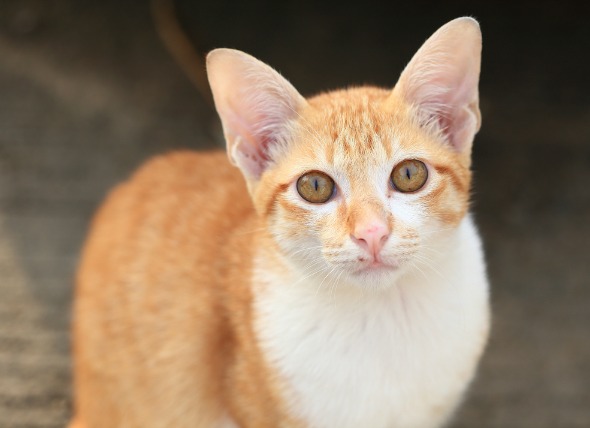 Brain Tumors in Cats
While brain tumors in cats remain fairly uncommon
Brain Tumors in Cats
While brain tumors in cats remain fairly uncommon
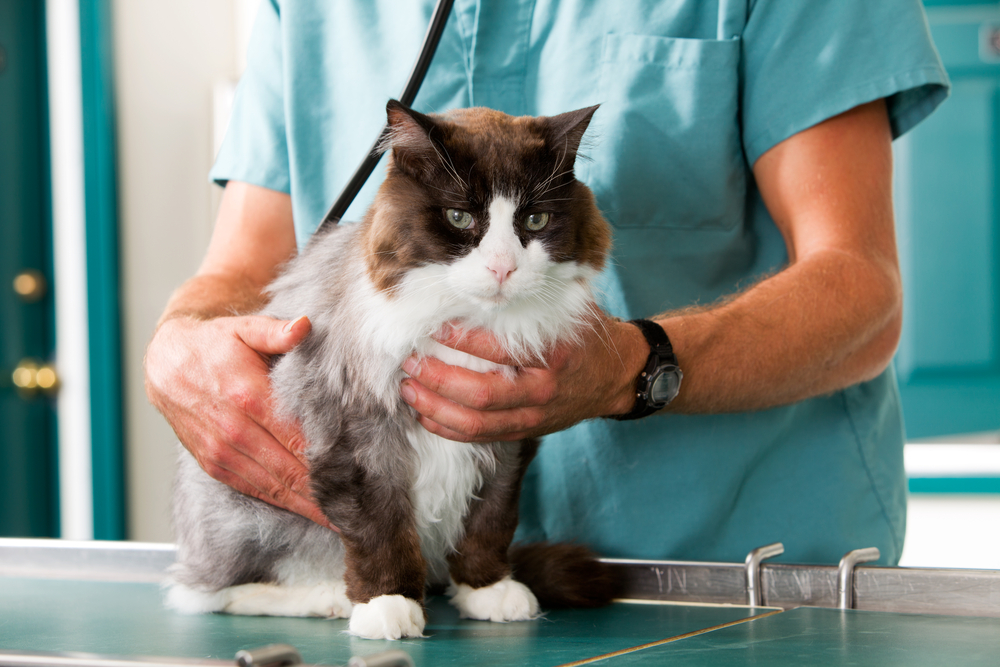 Lack Of Digestive Enzymes in Cats
Exocrine Pancreatic Insufficiency (EPI) in Cats
E
Lack Of Digestive Enzymes in Cats
Exocrine Pancreatic Insufficiency (EPI) in Cats
E
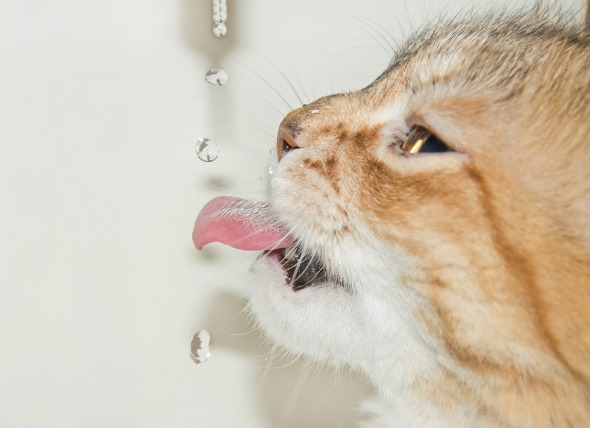 Diabetes with Ketone Bodies in Cats
Diabetes Mellitus with Ketoacidosis in Cats
The t
Diabetes with Ketone Bodies in Cats
Diabetes Mellitus with Ketoacidosis in Cats
The t
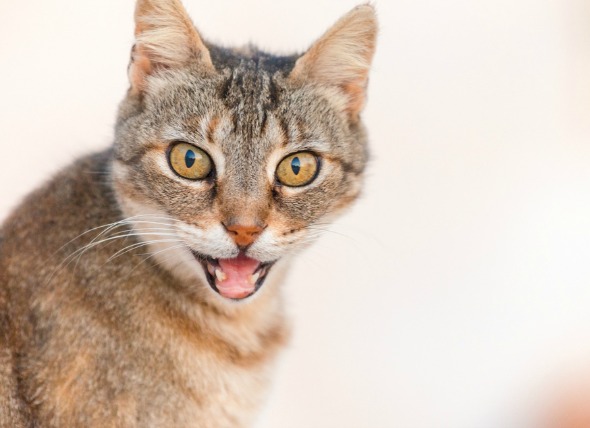 Asthma in Cats
Asthma with Bronchitis in Cats
The lower respirat
Asthma in Cats
Asthma with Bronchitis in Cats
The lower respirat
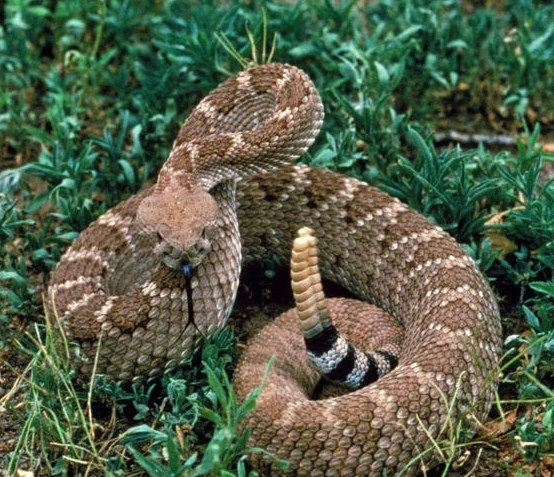 Pit Viper Bite Poisoning in Cats
Pit Viper Snake Venom Toxicosis in Cats
Pit vipe
Pit Viper Bite Poisoning in Cats
Pit Viper Snake Venom Toxicosis in Cats
Pit vipe
Copyright © 2005-2016 Pet Information All Rights Reserved
Contact us: www162date@outlook.com